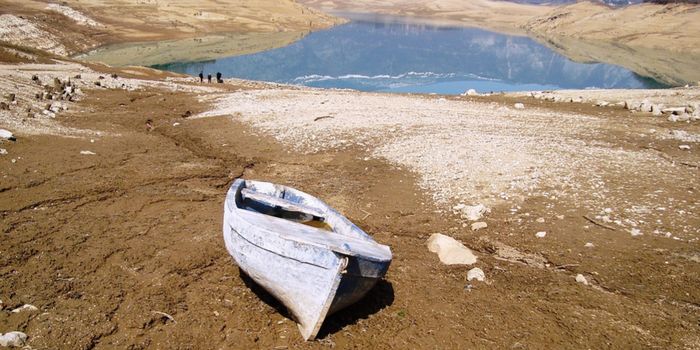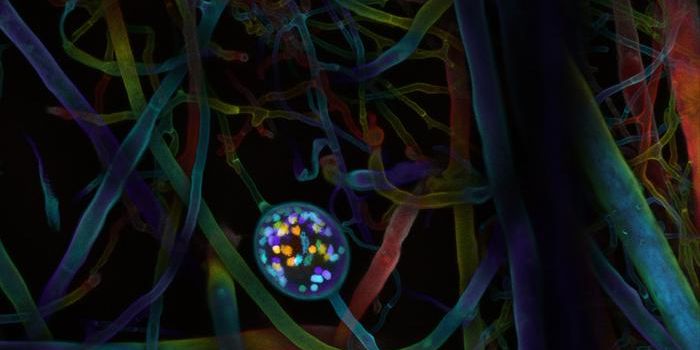Let's talk magma: how small is too small to detect?
New research published recently in Geology reports on the discovery of shallow pools of magma lying just beneath the Earth’s crust that are too small to be seen with traditional volcano measuring equipment. The study contemplates the disparities between samples of a quenched magma that had formed smooth volcanic glass, and samples of rocks from an eruption from that same volcano, Krafla, in 1724.
"When we looked at the compositions from 1724, we found an almost perfect match for what was sampled during the drilling," says lead author Shane Rooyakkers from GNS Science in New Zealand. "That suggests that actually, this magma body has been there since 1724 and has previously been involved in an eruption at Krafla. So that raises the question of, 'Why did geophysics not pick it up?'"
According to Rooyakkers, the seismic imaging typically used to detect magma didn’t detect these magma pools because they are too small. "In traditional approaches to volcano monitoring, a lot of emphasis is placed on knowing where magma is and which magma bodies are active," says Rooyakkers. "Krafla is one of the most intensely monitored and instrumented volcanoes in the world. They've thrown everything but the kitchen sink at it in terms of geophysics. And yet we still didn't know there was this rhyolitic magma body sitting at just two kilometers' depth that's capable of producing a hazardous eruption."
Rooyakkers explains that small hidden magma chambers pose a threat because they are not accounted for in seismic monitoring plans. An example of how this translates into a real-world scare comes from the Krafla volcano itself, which is known to contain basalt magma, a kind that typically causes passive eruptions (not so dangerous). But the discovery of a rhyolite magma chamber in the volcano could mean more violent eruptions.
"So, the concern, in this case, would be that you have a shallow rhyolitic magma that you don't know about, so it hasn't been considered in hazards planning," Rooyakkers adds. "If it's hit by new magma moving up, you might have a much more explosive eruption than you were anticipating."
This finding has the potential to change the way volcanologists consider magma and seismic monitoring. As we continue to learn more about small magma chambers, there is hope that new technology will be developed to provide more accurate imaging techniques and limit risks for communities living near volcanos.
Sources: Geology, Science Daily








